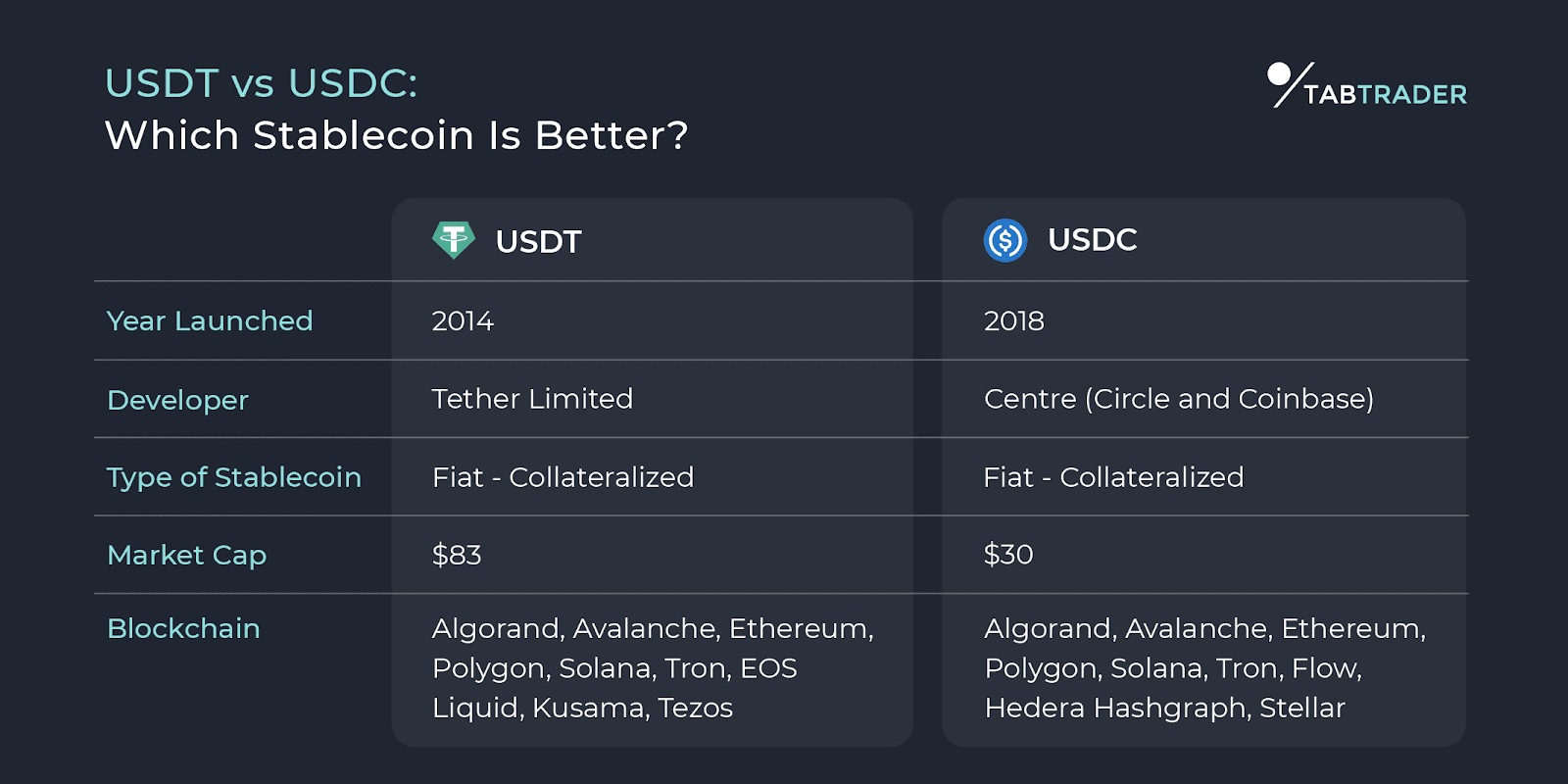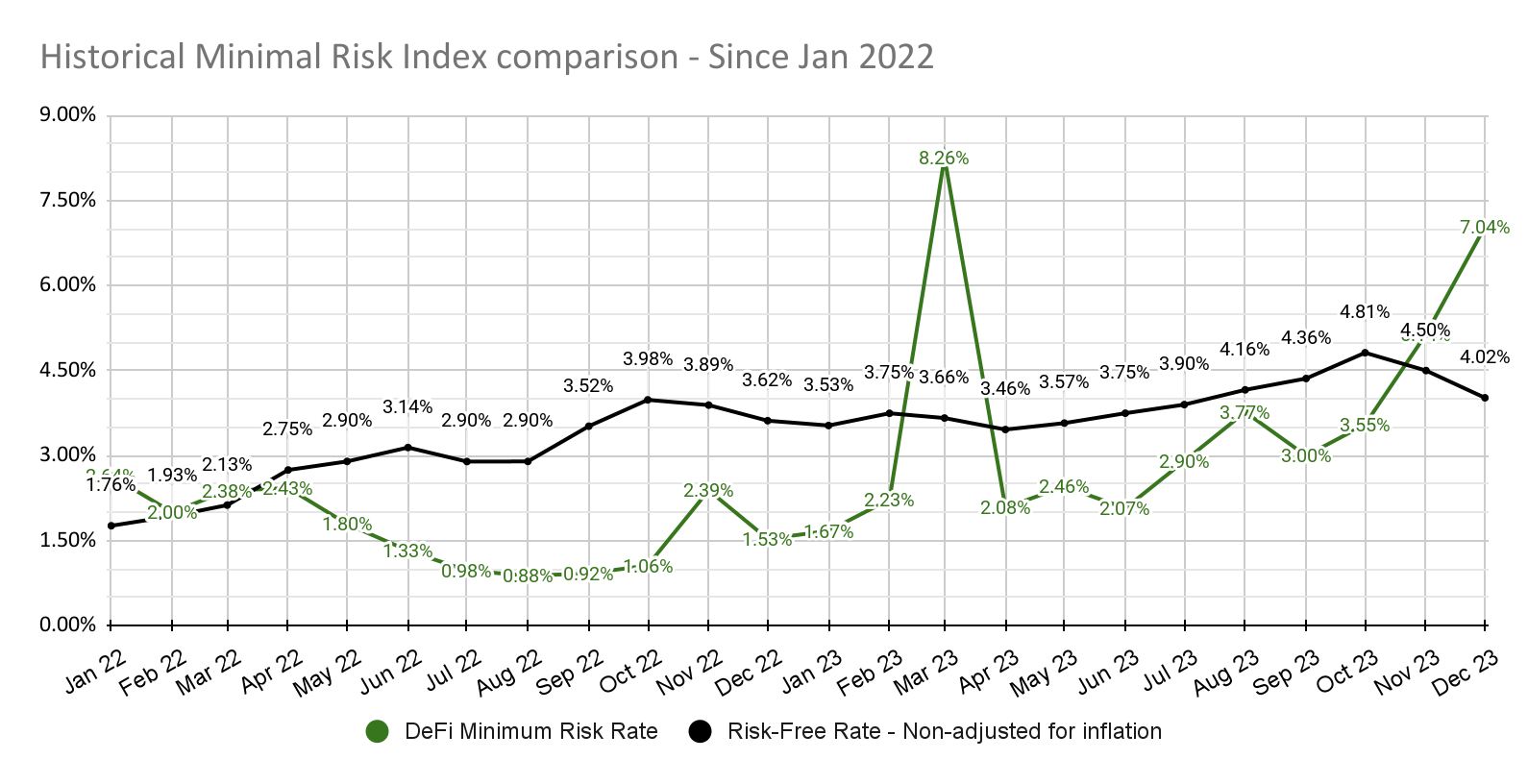- Stablecoins provide price stability, while DeFi unlocks yield.
- Together, they turn dormant assets into income-generating vehicles.
- Risks exist: stablecoin reserve issues, hacks, and smart contract flaws.
- With discipline, they can act as crypto’s bond-like foundation for portfolios.
Investing in a World of Negative Yields
TradingKey - Traditional finance's old reliable safe havens, government securities and savings accounts, have given predictability and rock-solid income returns for years. But on this day of fluctuating interest rates, threats of inflation, and economic volatility, investors want something different. Out of cryptocurrency emerged the concept of stablecoins, which serve as a virtual representation of currency, assets designed to maintain their value against the dollar or other fiat currencies. Just in time, decentralized finance, or DeFi, provided new sources of earnings beyond the centralized banks.
When matched, stablecoins and DeFi create an extraordinary wealth vehicle. Stablecoins bring stability; DeFi brings returns. Together, investors get the earnings without direct exposure to the volatility of an asset like Bitcoin or Ethereum. When executed in a disciplined fashion, this couple can become the foundation of new-age digital portfolios.

Source: https://www.coinchange.io
Why Stablecoins Matter
Crypto's foundation is stablecoins. While bitcoin tracks market fluctuations, stablecoins aim, at the very least, to be tethered to the United States dollar or other currencies. USDC, Tether (USDT), and DAI, among others, are the most used. They serve as mediums of exchange, instruments of settlement, and shelters against volatility.

Source: https://www.tabtrader.com
Stability is inherent in the design of stablecoins. Of the fiat-backed kind, there is over-collateralisation against reserves, and algorithmic ones use over-collateralisation and incentives to maintain pegs. Although there have been outbreaks of controversy, stablecoins remain a crucial component in DeFi, serving as the underlying asset for lending and borrowing, as well as for liquidity pools. Investors value the quality of staying in the crypto market without experiencing the rollercoaster of token prices.
DeFi or Decentralized Finance
DeFi protocols decentralize finance since they remove intermediaries. The Aave, Compound, and Curve platforms enable users to lend, borrow, and trade assets through smart contracts. By putting their stablecoins on these platforms, investors earn interest generated by creditors or the volume of trades.
The earnings typically exceed savings accounts, provided DeFi protocols pay in the form of governance tokens. In addition to lending, you can deposit stablecoins into liquidity pools, which generate earnings in the form of trade fees. Yield aggregators, again, optimize earnings through automated asset switching into the most lucrative strategies, as Yearn Finance does.
It enables investors to convert dormant stores of value, in the form of stablecoins, into active sources of returns. It's this combination of price stability and potential earnings that’s so appealing.

Source: https://www.coinchange.io
Managing Risks
Stablecoins and DeFi play have promise, but so do their risks. The stability of stablecoins is never guaranteed. Reserve concerns, regulatory issues, and algorithm failures remind investors that no stablecoin is inherently superior. USDC, whose reserve holdings are transparent, may be superior to experiments on algorithmic stability, such as TerraUSD, whose collapse in 2022 revealed flaws.
DeFi itself engenders smart contract risk. Code flaws can usher in hacks and losses. Impermanent loss, governance failures, and system shocks also affect protocols. Investors will be forced to be selective, favoring platforms with track records, audits, and large pools of liquidity.
Risk management is needed. Spreading across protocols, exposure limit on newer projects, and leaving some assets off of DeFi reduces the chances of total-loss scenarios. It's a tempting reward, but it must be moderated against these structural risks.
Stablecoin + DeFi in Portfolios
Stablecoins and DeFi strategies can be utilized by investors for a dual use. It acts as an instrument for generating returns, offering predictable returns over volatile crypto assets. It acts as a store of liquidity, allowing quick conversion into something else. It serves as a defensive asset in crypto portfolios, much like bonds in conventional finance, for risk-averse investors.
Institutional participants are also examining this method. Hedge funds, treasuries, and fintech services utilize stablecoin lending to earn interest on dormant balances. As the regulation continues to mature, the blending of stablecoins and DeFi can serve as a bridge between old and new finance, unlocking numerous mass-use cases.
Long-term opportunities are massive. Should stablecoins gain regulatory approval and DeFi protocols continue maturation, this hybrid might stand alongside formal bank products on an equal footing. Investors will no longer be forced to accept near-zero returns on safe assets but instead might use decentralized networks for resilient returns.
Conclusion: Constructing on Digital Wealth
DeFi and stablecoins, in tandem, do more than offer a speculative play next to; they offer a wealth vehicle that balances stability and return. Stablecoins anchor value; DeFi invests value. It's never a riskless method, but through discipline and diversification, it offers the chance of generating returns superior to both traditional savings and volatile cryptocurrency speculation.
For investors of tomorrow who will want to survive the next evolution of the finance landscape, this pair may become a decentralized equivalent of the bond book: rock-solid, strong, and of the essence. Tomorrow’s final unit of wealth may not be in the banks, but in stablecoins earning interest via decentralized protocols.


